The main building blocks for teaching handwriting in the early years include; developing your students’ pre-writing and fine motor skills, encouraging crossing of their midline, correct pencil grip, strong pencil control and an understanding of letter patterns and letter formations. All of these elements are crucial in the successful teaching of handwriting in the early years classroom.
The foundation for good handwriting is a strong pencil grip and proper letter formation.
Teaching Handwriting Through Pre-Writing Activities
There are a plethora of pre-writing activities that you can incorporate into your classroom today that will help develop and set your students up for success as they transition from the emergent writing stage.
Pre-writing activities are the basis for developing a strong pencil grip.
(1) Develop Fine Motor Skills
Developing your students’ fine motor control is fundamental in any foundation/prep classroom. Fine motor development can be incorporated into a variety of activities. There are many printable resources available in our fine motor teaching resources collection. Other ideas include:
- Playing with playdough to strengthen students’ fingers and hands.
- Lacing and threading activities to develop hand-eye coordination.
- Cutting activities with scissors to strengthen hands.
- Open and closing activities such as using pegs on peg card activities.
You may be interested in checking out some of our printable fine motor resources for the classroom:
[resource:4110846][resource:4253646][resource:156804][resource:3733986]
[resource:3885066][resource:3884454][resource:453064][resource:11511]
(2) Incorporate Crossing Midline Activities
Crossing the midline is a slightly different skill your students will need to develop.
A child that has established this skill will be able to cross a body part (eg. hand or foot) over to the other side of the body with ease. Sounds simple, doesn’t it? But, for the little learners in your classroom who are still developing this skill, simple things such as tracing, cutting or even beginning to write may get tricky.
For a list of activities to help students cross their midline – read our blog – 15 Crossing the Midline Activities for the Classroom.
(3) Pencil Grip Training
A good pencil grip will allow your students to keep the wrist steady and make small movements of the fingers to create short straight and curved lines. Many studies have proven that the tripod grip is by far the best technique to use the correct hand muscles. Many children naturally learn this grip while others need some assistance.
The Pencil Grip Flip Trick was always the most effective in my classroom for helping students hold the pencil correctly.
What do I do if a student is holding their pencil incorrectly? Changing a student’s pencil grip is very difficult and many people ask if it is worth trying to fix? In my opinion, it really depends on whether it is affecting the students writing. You’ll notice that children who may be holding the pencil incorrectly, tire quickly during writing as they are not using the correct muscles in their fingers or hands. This is when it is worth assisting them to form a better pencil grip.
(4) Practise Pencil Control
Apart from helping with fine motor, tracing activities like this super cute animal-inspired Pre-Writing Pencil Control Tracing sheets are fantastic to focus your students on pencil control.
Here’s some printable pencil control tracing worksheets that would work perfectly!
[resource:3884818][resource:1642630][resource:3754998][resource:4173422]
Letter Formation Activities and Resources
Learning to form letters correctly is another huge part of the handwriting process. It’s important to incorporate many opportunities in your classroom for your students to learn correct letter formation from the very beginning. Here are some printable resources that will assist in this process.
(1) Shapes in the Alphabet
Students understanding that there are certain shapes seen in the letters of the alphabet is a great way for them to begin the transition from pre-writing pattern activities into understanding the formation of letters.
This set of Shapes in the Alphabet posters is the perfect way to explain how certain shapes can be found in the alphabet such as loops, waves, tails, and arches.
(2) Letter Formation Posters
This gorgeous collection of Letter Formation Alphabet Posters also includes simple instructions to help students understand how each letter is formed.
These posters are also available in a variety of school fonts to suit the needs of your students.
(3) Letter Formation Task Cards
Use this set of Lowercase Letter Formation Task Cards for younger students to learn the basic formation of lowercase letters. This handy-sized collection of task cards can be held together with a key ring and used at your literacy rotations.
You may also like to check out our Uppercase Letter Formation Task Cards as well.
(4) Word Shape Activities
When students are further along in their handwriting journey. Focusing on looking at word shapes is beneficial for them to understand how letters look in simple CVC words. It’s also a great way to build word and letter recognition.
This new resource is a set of CVC Word Shape task cards perfect for literacy rotations in your Foundation classroom.
For more fun activities to help your students with letter formation, check out our blog – Fun Letter Formation Activities for Kids.

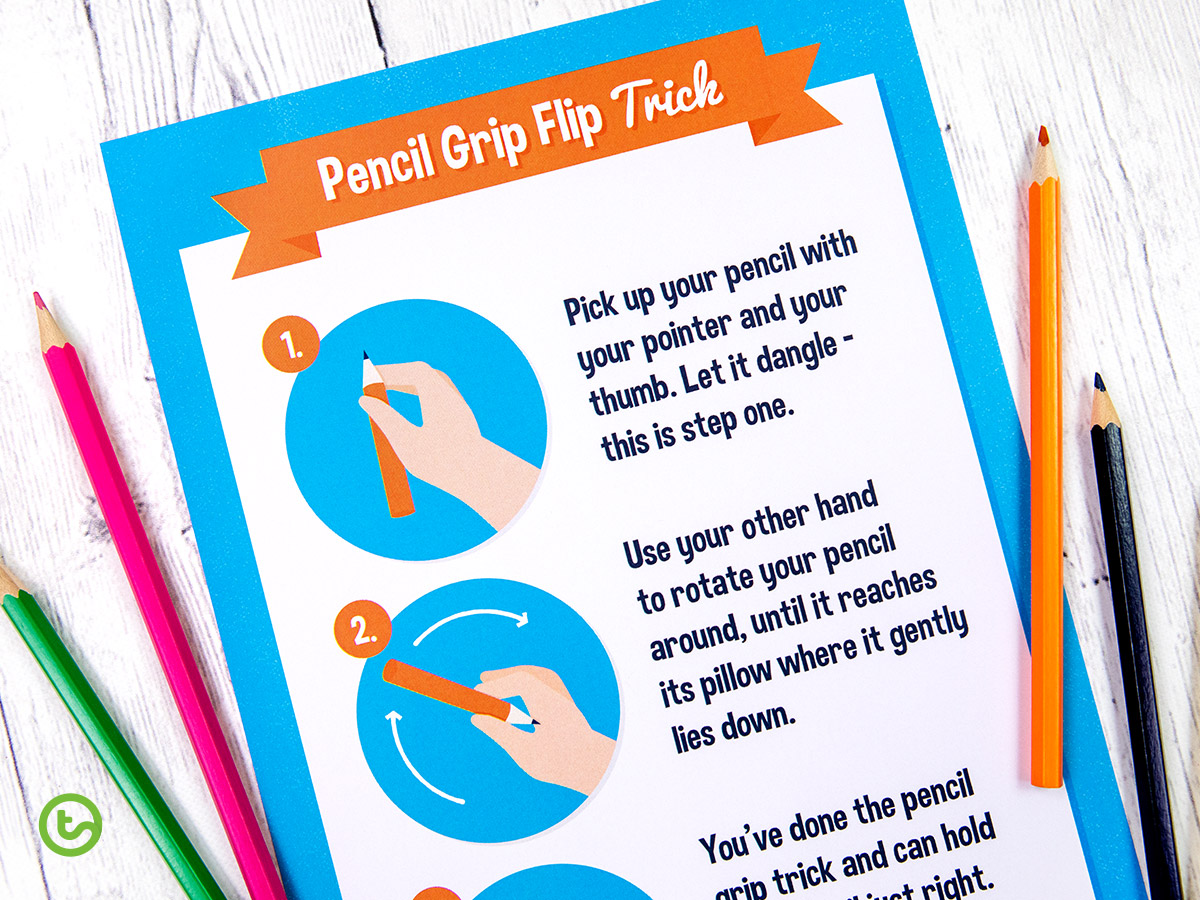

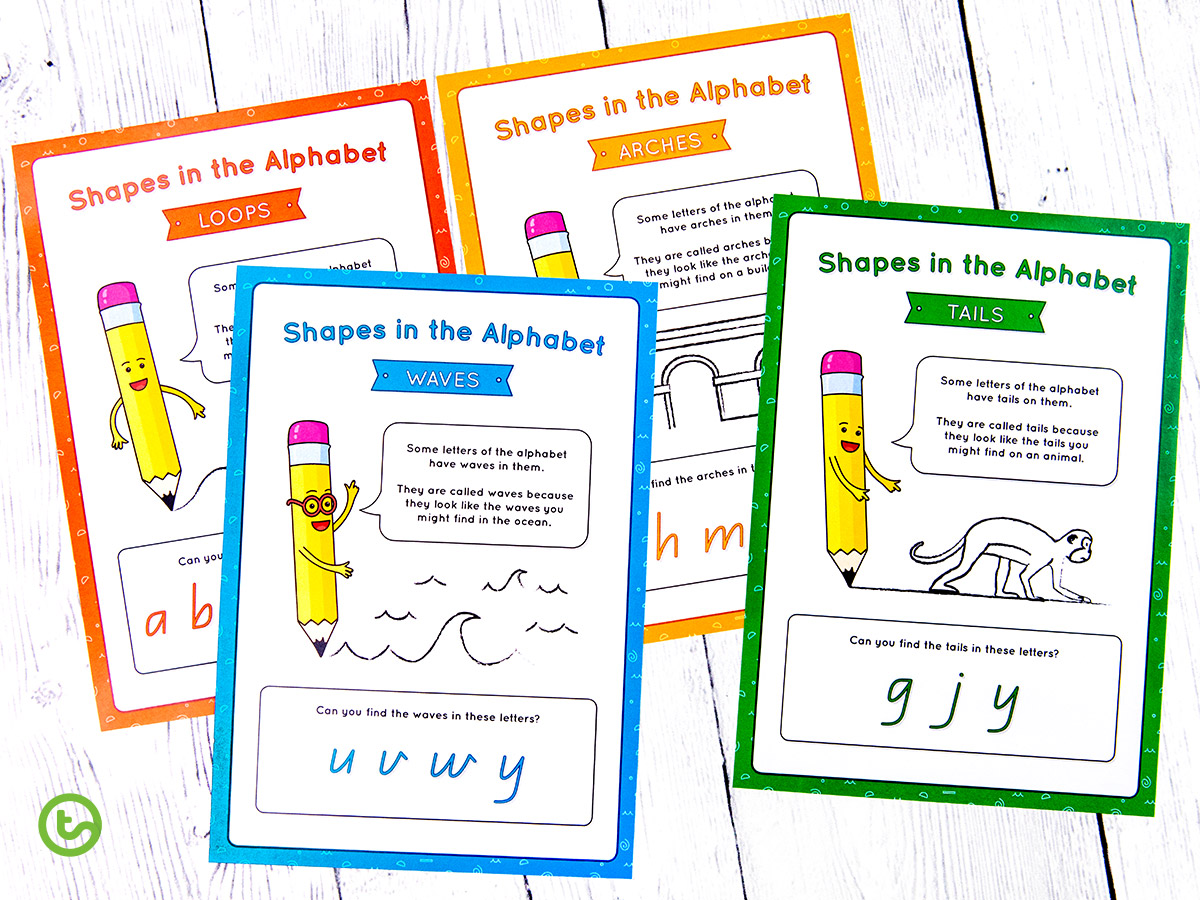
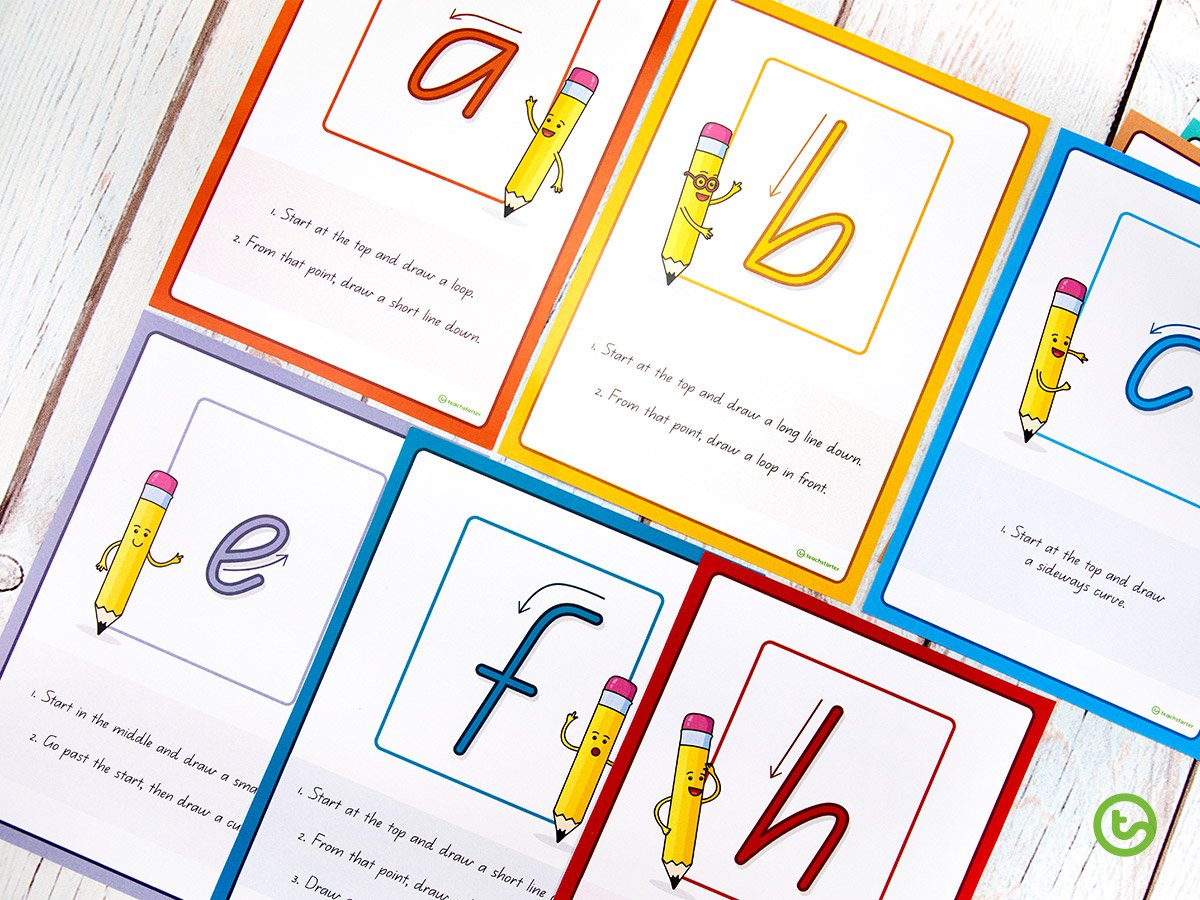
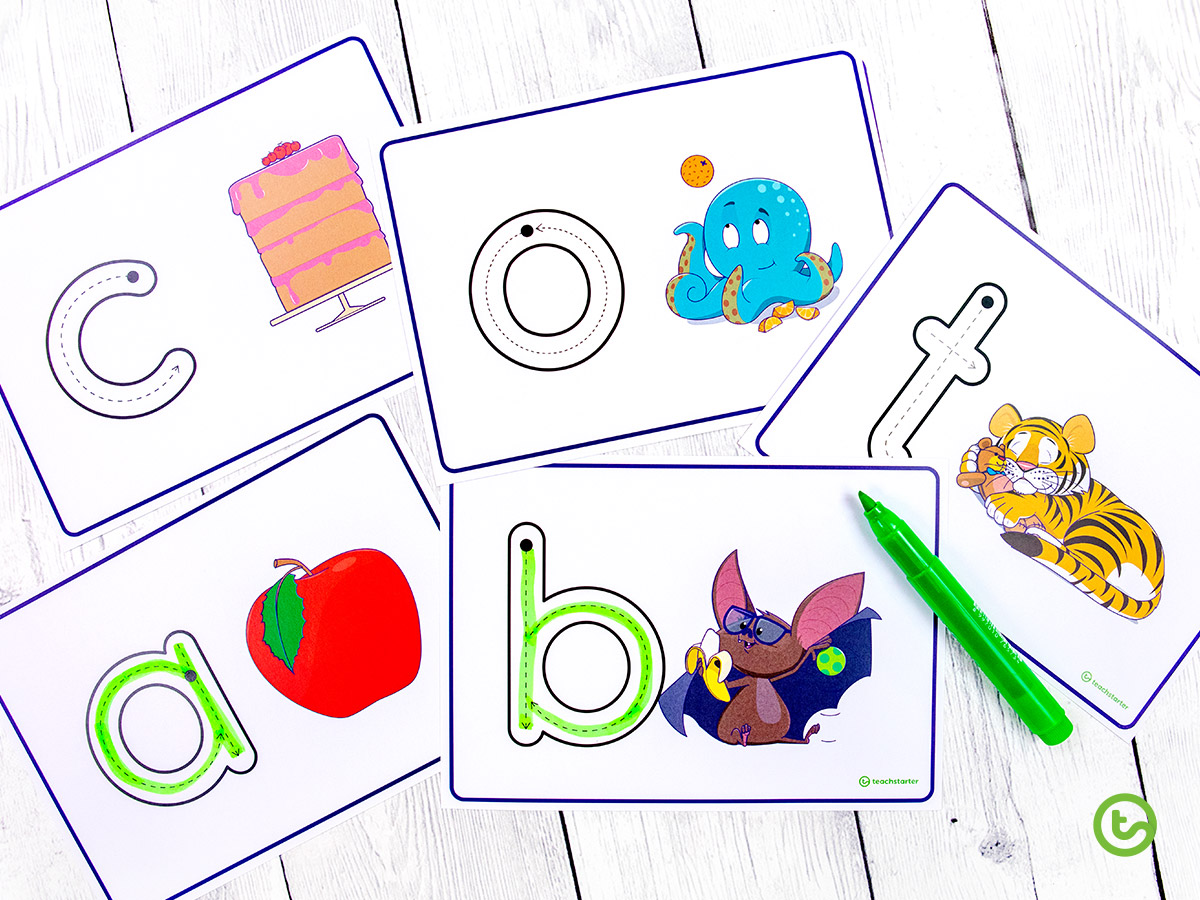
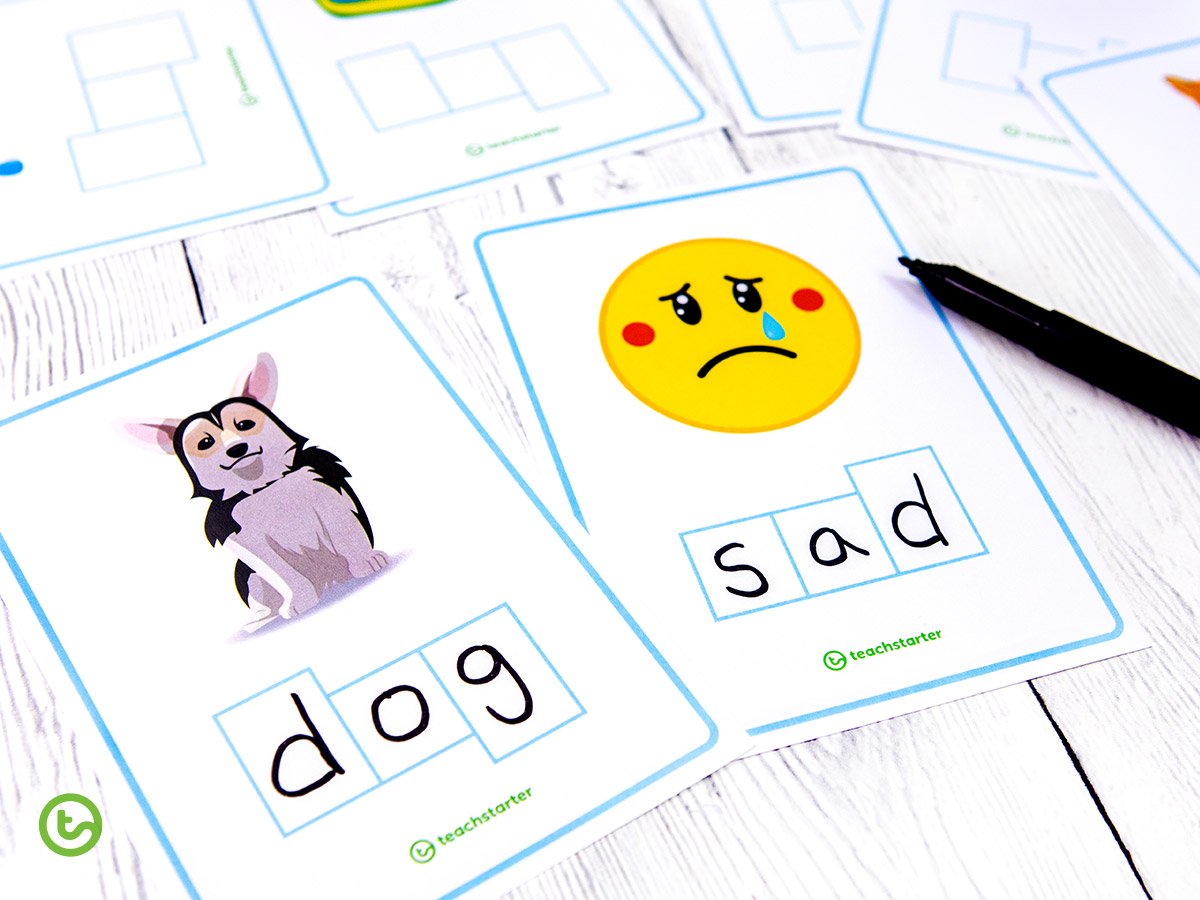




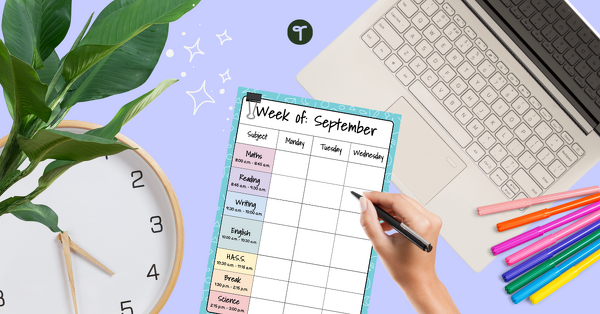

Comments